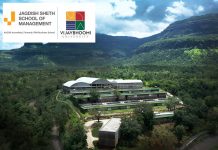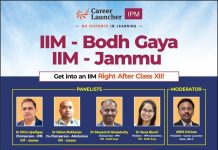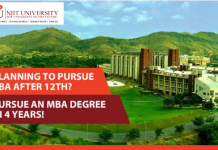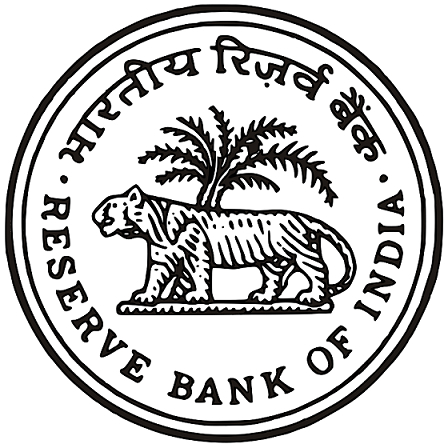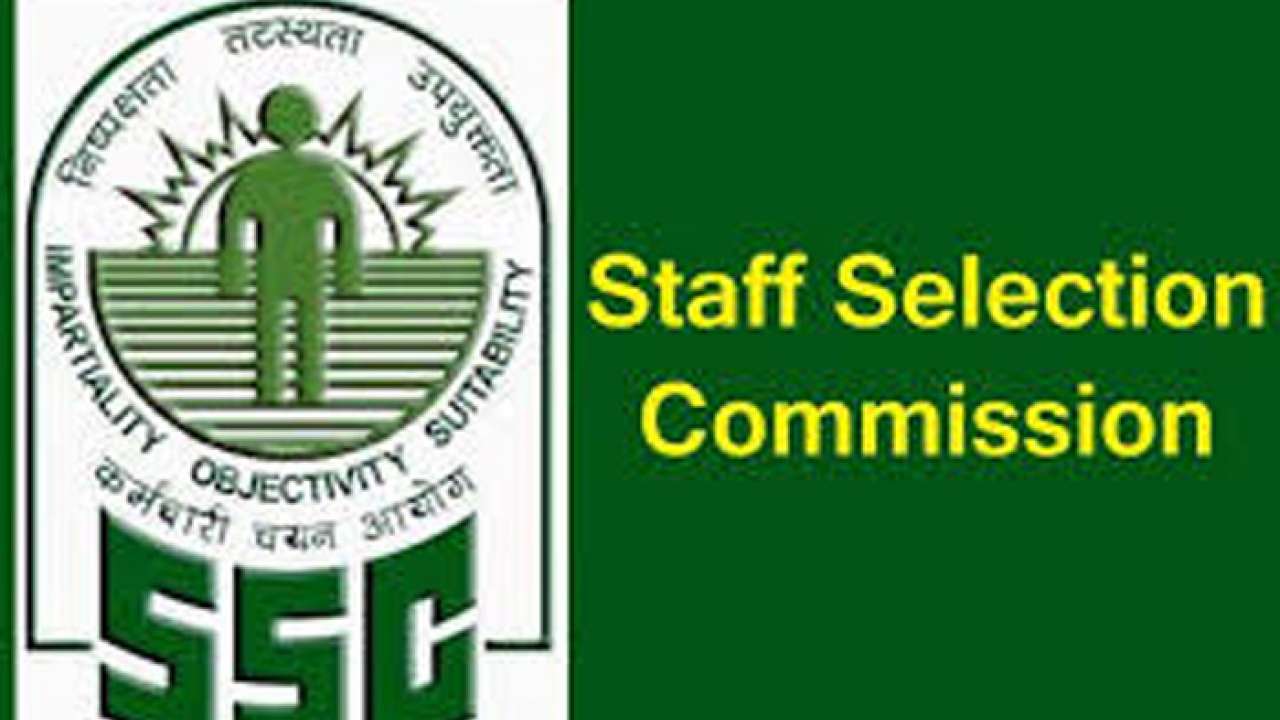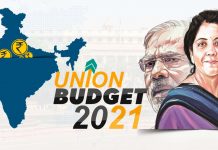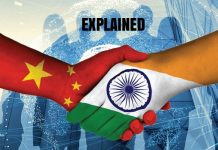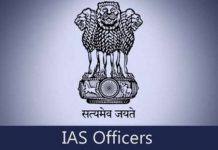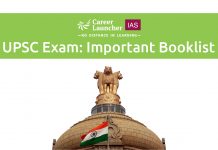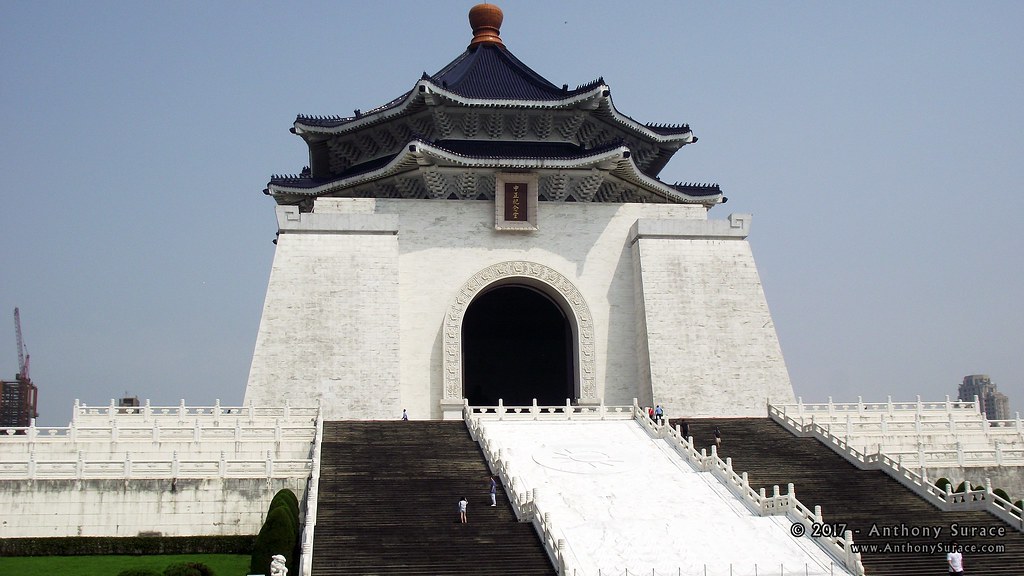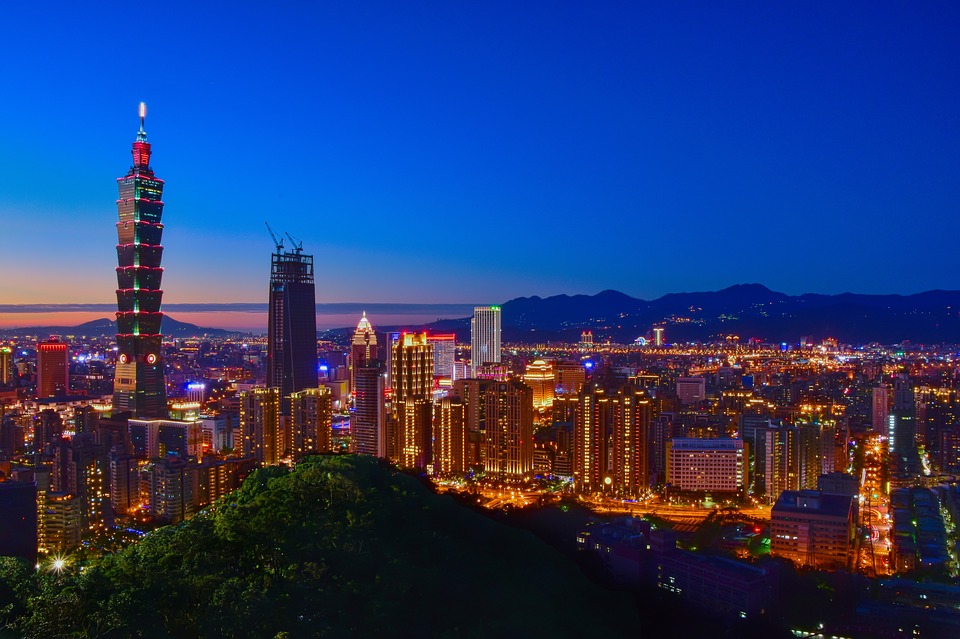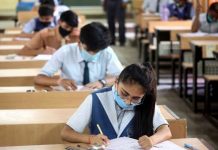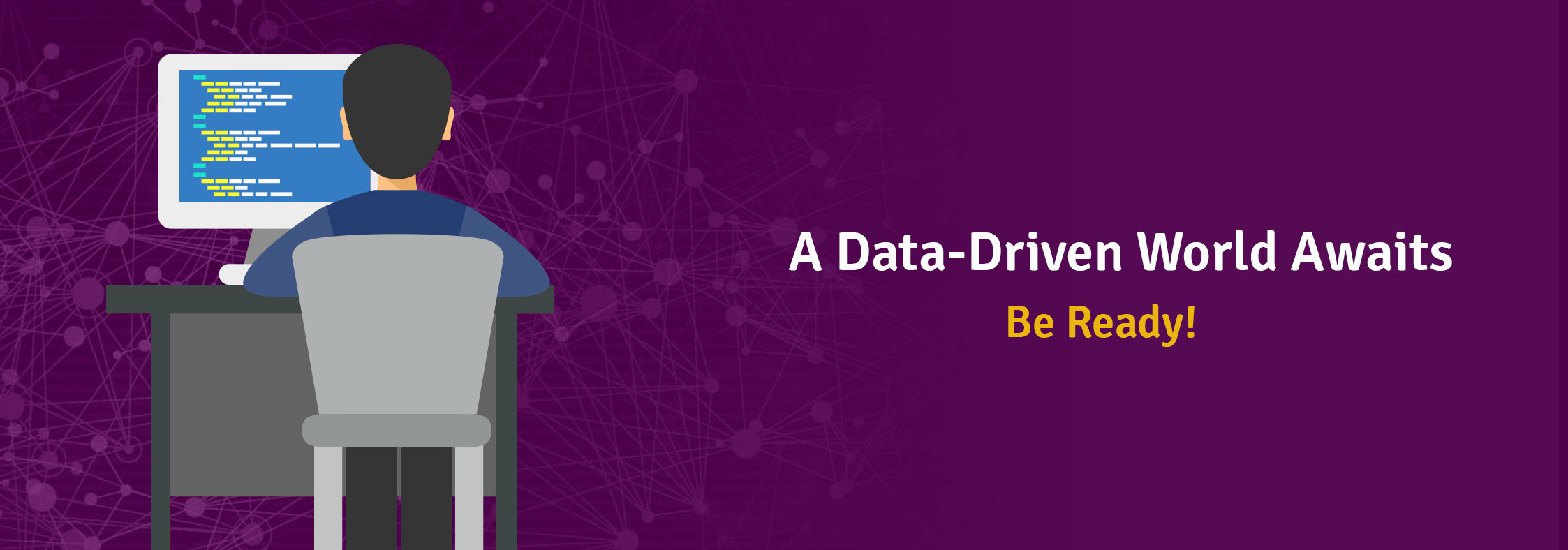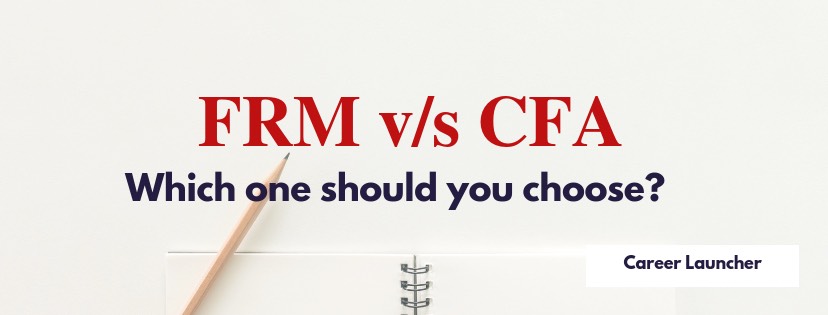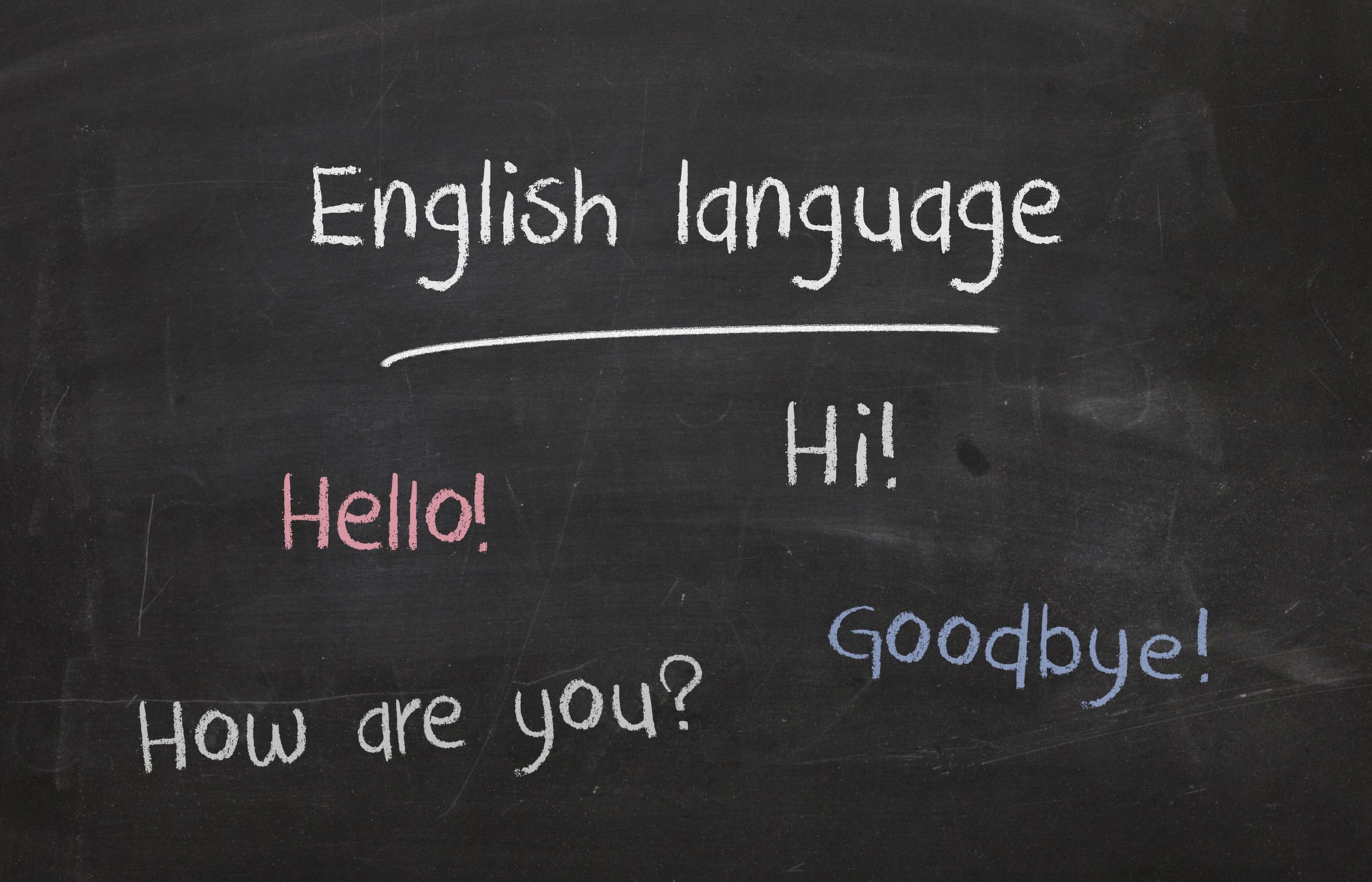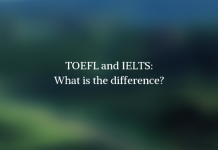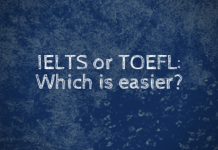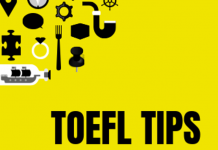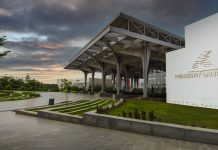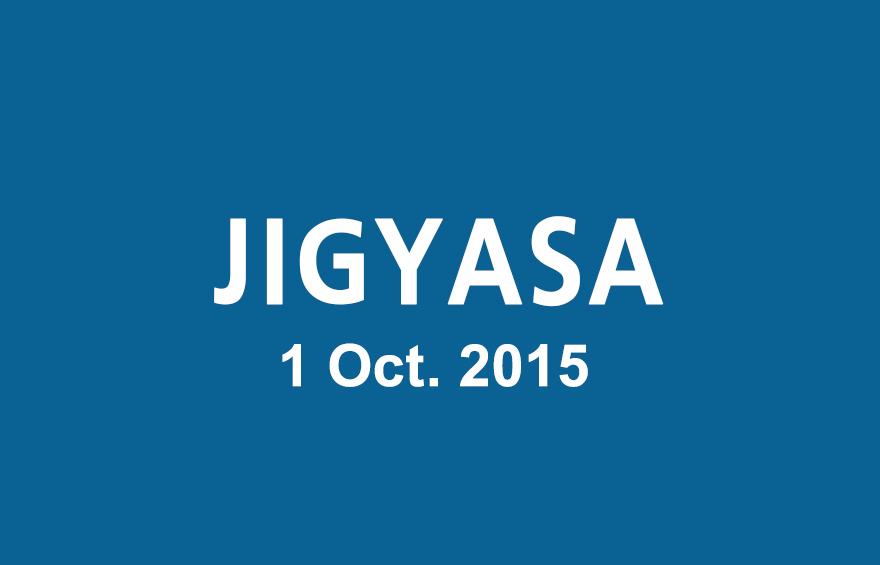‘Greenland ice sheet releasing large amount of phosphorus’
As per the new study, Glacial meltwater has been known to contain phosphorus, but as Greenland ice sheet melts, it could be releasing more of phosphorus — a key nutrient that can enrich waters of the oceans, potentially stimulating the growth of marine food chain.
The total phosphorus concentrations found in the melt water of the Leverett glacier was 10 times greater than concentrations found in Arctic river waters, the study showed.
Analysis
As climate change warms Greenland and more ice melts and makes its way into the sea, the ice sheet is potentially becoming a more important source of nutrients. Phosphorus is a key nutrient that could, if it reaches the open ocean, enrich waters of the Arctic Ocean, potentially stimulating growth of the marine food chain.
How it will impact marine ecology?
Phytoplanktons are photosynthesizing microscopic organisms that inhabit the upper sunlit layer of almost all oceans and bodies of fresh water. And these organisms serve as the base of the marine food web-feed on phosphorous. And unlike, say, nitrogen, phosphorous isn’t readily available from the atmosphere, so its presence (or lack thereof) can be a limiting factor in ecosystem growth.
The rising nutrient level could speed up the biological activity of the Arctic waters. It can stimulate growth of plankton — a diverse group of organisms that live in large water bodies and provide a crucial source of food to fishes —— at the base of the ocean food web, which could impact birds, fish and marine mammals higher up the food chain, the researchers indicated.
The large Leverett Glacier (Leverett Glacier in Antarctica is about 50 nautical miles long and 3 to 4 nautical miles wide), however, is more representative of the glaciers that contribute the bulk of meltwater coming from the Greenland ice sheet.
The researchers found that the annual phosphorus input for all of Greenland’s outlet glaciers is at least equal to some of the world’s largest rivers, such as the Mississippi in the US and the Amazon in Brazil.
Global Climatic Impact
Apart from its potential effect on global sea level rise, Greenland has important regulatory effects on world climate, through its impact on ocean circulation, regional atmospheric circulation, and global heat transfer. In addition to its effects on the ocean conveyor belt (a constantly moving system of deep-ocean circulation driven by temperature and salinity), Greenland also regulates atmospheric temperatures, which affect not only the climate of the island itself, but much of the region as well.
Warming temperatures in Greenland and the Arctic will also affect the global climate. As the Polar Regions become warmer, the temperature difference between the equator and the poles shrinks, making equatorial heat move much more slowly to the poles.
However, the flow of heat through the atmosphere from the equator to the poles is what powers global atmospheric circulation. If that flow changes, the path of the jet stream will also be altered, resulting in new storm tracks and precipitation patterns. While some regions will benefit from more favorable rains, others will experience increased drought and water availability problems.
Source: The Hindu, Weather Underground
Compulsory licensing in manufacturing may slow investments: EU
India’s adoption of Compulsory Licensing (CL) in industrial sectors risks affecting the flow of capital and technology from overseas. The extension and wide use of CL in industrial sectors can act as a deterrent for investments, from abroad and within India. The proposed India-EU FTA would include provisions on IPR protection of which CL is an aspect. The IPR policy is also expected to cover CL as the Patents Act (of India) also deals with CL.
India’s National Manufacturing Policy (NMP) also supports the application of CL across different manufacturing sectors, more specifically to ensure access to the latest green technologies that are patented.  The government is relying on NMP to ensure that its ‘Make in India’ initiative is successful.
Analysis
What is CL?
Compulsory licensing are granted by a government to an individual or company to use patents, copyrighted works or other types of intellectual property, to do so without seeking the owner’s consent. It is an involuntary contract between a willing buyer and an unwilling seller imposed or enforced by the state.  The individual or company granted compulsory license have to pay the owner a set fee for the license.
Objectives of the CL
It is to prevent the abuse of monopoly granted. Nations currently have the right to issue compulsory licenses on patents and copyrights. The objectives in India are to ensure that the inventions are worked upon in India on a commercial scale and to the fullest extent without any undue delay.
TRIPS- Trade related aspect of Intellectual property
The World Trade Organization (WTO) provisions on intellectual property include: rules on patents, copyrights and trademarks. The compulsory licenses and a number of restrictions on the use of CL are enlisted under Article 31 of TRIPS. Therefore, CL is permitted under the WTO’s TRIPS (IPR) Agreement provided conditions such as ‘national emergencies, other circumstances of extreme urgency and anti-competitive practices’ are fulfilled.
Why EU and nations oppose implementation of CL?
Due to its provisions the implementation of CL is criticized by the United States, EU, many developed countries and the foreign Multinational firms because the licensee reaps the benefits of other’s research without contributing their fair share to the costs incurred on research and development. Â
It weakens the intellectual property rights as it allows developing country governments to license foreign-owned patents to local firms without the consent of foreign patent owners.
Source: The Hindu
International Fleet Review begins in Vishakhapatnam
The 4-day event began on Thursday, 4th Feb, 2016, with the inauguration of maritime exhibition and IFR village. Around 90 ships of Indian Navy are participating in the event. 24 warships of other countries have also dropped anchor off the coast. Navies from 50 countries including China, Russia, USA, Japan, Vietnam, Israel, France, Britain and Australia are participating in this event. International feet review will be a testimony of India’s growing influence and power.
The specially designed signature elements for the event comprising the logo, the chosen mascot – the Dolphin, the adopted theme as United through Oceans and the theme song composed for the event were also released. The IFR logo represents the initial letters of the International Fleet Review, namely I, F and R and are coordinated in a fashion to indicate the three dimensions of the Navy, viz. Ship, Submarine and Aircraft. The inner circle has the colours of the Indian Tricolor. The outer circle has the event, the year and its venue.
Analysis
International Fleet Review 2016 is an International Military Exercise hosted and conducted by Indian Navy on behalf of the President of India. Its objective is to enhance mutual trust and confidence with neighbouring navies by inviting their ships to participate in the event. Indian Navy is to display its maritime capabilities. According to Navy, the exhibition will showcase “Innovation, Indigenization and potential of the youth of India”.
After a gap of one-and-a-half decade International Fleet Review will be held in India. The last International Fleet Review by Indian Navy was conducted in January 2001 at Mumbai.
Key Highlights of the Event:
- Participating Nations -Â The visiting navies will have an opportunity to display their professional skills as they sail together for exercises to increase mutual cooperation and inter-operability.
- In line with ‘Look East Policy’ -Â The selection of Vizag as host city is in lines with ‘Look East Policy’. The Bay of Bengal is the largest bay in the world and the depth of the Ocean will facilitate the whole event. Due to the proximity it will be easy for the seven surrounding littoral nations to send their fleet.
- Focus on Make in India - Indian Navy has time and again stressed on the need for self-reliance and in this regard the importance of indigenization. In this regard, there will be a maritime exhibition at the IFR. The overall theme of the Maritime Exhibition is “Make in India”.
These events are meant to develop the familiarity, enhance camaraderie and exchange professionalism between the navies.
Strategic and geo-political significance
In the current geo-political scenario, seafarers of the world, represented by their navies have taken a leading role in bringing nations together by steadily increasing cooperation at sea. One of the important ways used by the navies to enhance cooperation and promote friendship amongst the seafaring community is through the conduct of the Fleet Review. The leading nations of the world use the opportunity provided by the Fleet Review to enhance mutual trust and confidence with their maritime neighbours by inviting their ships to participate in the Review. Called an International Fleet Review, this event then provides the host nation an occasion to display its own naval prowess and maritime capabilities whilst simultaneously generating goodwill amongst other maritime nations. The review also aims at assuring the country of the Indian Navy’s preparedness, high morale and discipline.
Source: The hindu, PIB
India ratifies convention on compensation for nuclear damage
India has ratified the Convention of Supplementary Compensation for Nuclear Damage (CSC), marking an important step in addressing matters related to civil nuclear liabilities. Â It has submitted the Instrument of Ratification of the Convention on Supplementary Compensation for Nuclear Damage, 1997 to the International Atomic Energy Agency (IAEA), the depositary at Vienna in what would facilitate its nuclear commerce with international partners. The Convention will come into force for India 90 days from the date of deposit of the ratification instrument, which is May 4, 2016.
Analysis
In a significant move aimed at putting an end to the contentious nuclear liability issue and assuage suppliers’ concerns, India has ratified the Convention of Supplementary Compensation  (CSC) for Nuclear Damage, marking an important step in addressing matters related to civil nuclear liabilities.  The move will help establish a worldwide liability regime of enhanced compensation for nuclear damages. The Nuclear Insurance Pool was formed in June 2015. Incidentally, of the three countries (US, France and Russia) with which India are collaborating for building reactors, it was the US that had pressed for ratifying the CSC.
Objective of the CSC
CSC seeks to establish a worldwide liability regime and to increase the amount of compensation available to the victims of nuclear accidents.
Background
The CSC was adopted on 12 September 1997, together with the Protocol to Amend the Vienna Convention on Civil Liability for Nuclear Damage, and entered into force on 15 April 2015. It aims at increasing the amount of compensation available in the event of a nuclear incident through public funds to be made available by the Contracting Parties on the basis of their installed nuclear capacity and UN rate of assessment. It also aims at establishing treaty relations among States that belong to the Vienna Convention on Civil Liability for Nuclear Damage, the Paris Convention on Third Party Liability in the Field of Nuclear Energy or neither of them, while leaving intact the 1988 Joint Protocol that establishes treaty relations among States that belong to the Vienna Convention or the Paris Convention.
Significance of the ratification
Ratification of Convention on Supplementary Compensation for Nuclear damage will boost India’s nuclear commerce and also strengthen an instrumental convention and global nuclear liability regime.
Take the Quiz below to know your preparation Level!
Your Score:
Your Ranking:






